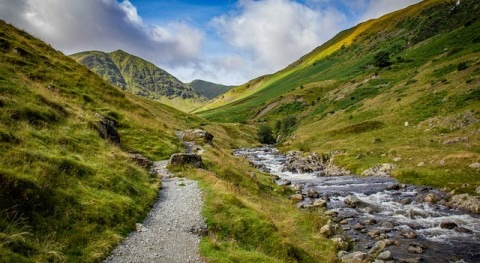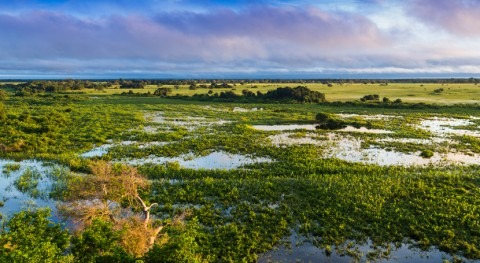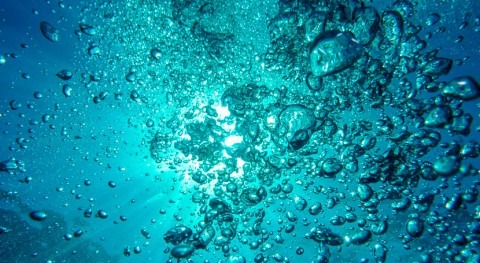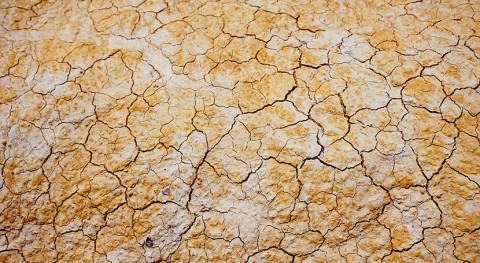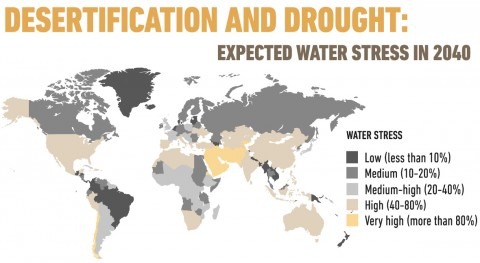What is water stress?
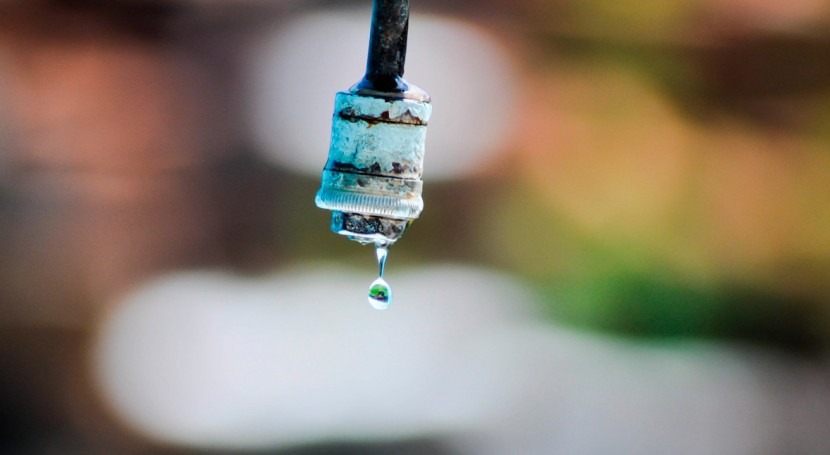
According to the FAO, the gradually increasing trend in global water stress over the last twenty years reflects increasing stress in several areas of the world, with decreases in other areas of the planet that cannot compensate for the increases.
1 . Definition of water stress
We talk about water stress when water demand is higher than the amount available during a certain period of time, or when use is restricted because of low quality.
2 . Level of water stress
Indicator 6.4.2. of the Sustainable Development Goals refers to the level of water stress, which is freshwater withdrawal as a proportion of available freshwater resources, that is, the ratio between the total amount of freshwater withdrawn by all economic activities and the total renewable freshwater resources available, taking into account environmental flow requirements.
Specifically, target 6.4. proposes “By 2030, substantially increase water-use efficiency across all sectors and ensure sustainable withdrawals and supply of freshwater to address water scarcity and substantially reduce the number of people suffering from water scarcity”.
The Aqueduct tool of the World Resources Institute provides a ranking of the most water-stressed countries projected for 2030 and 2040. The eleven most water-stressed countries in 2040 are expected to be Bahrain, Kuwait, Palestine, Qatar, San Marino, Singapore, United Arab Emirates, Israel, Saudi Arabia, Oman and Lebanon. In addition, Chile, Estonia, Namibia and Botswana could experience a particularly significant increase in water stress by 2040.

Water stress by country (Source: World Resources Institute).
3 . Impacts of water stress
The gradually increasing trend in global water stress over the last twenty years reflects, according to the FAO, increasing stress in several areas of the world, with decreases in other areas of the planet that cannot compensate for the increases, with climate change playing an important role. Thus, by 2025, 1.9 billion people are expected to live in countries or regions facing absolute water scarcity, and two-thirds of the world's population could be in a situation of water stress.
In terms of its impacts, water stress leads to a deterioration of freshwater resources in terms of quantity, (overexploited aquifers, dry rivers, etc.) and quality (eutrophication, organic matter pollution saline intrusion, etc.).





